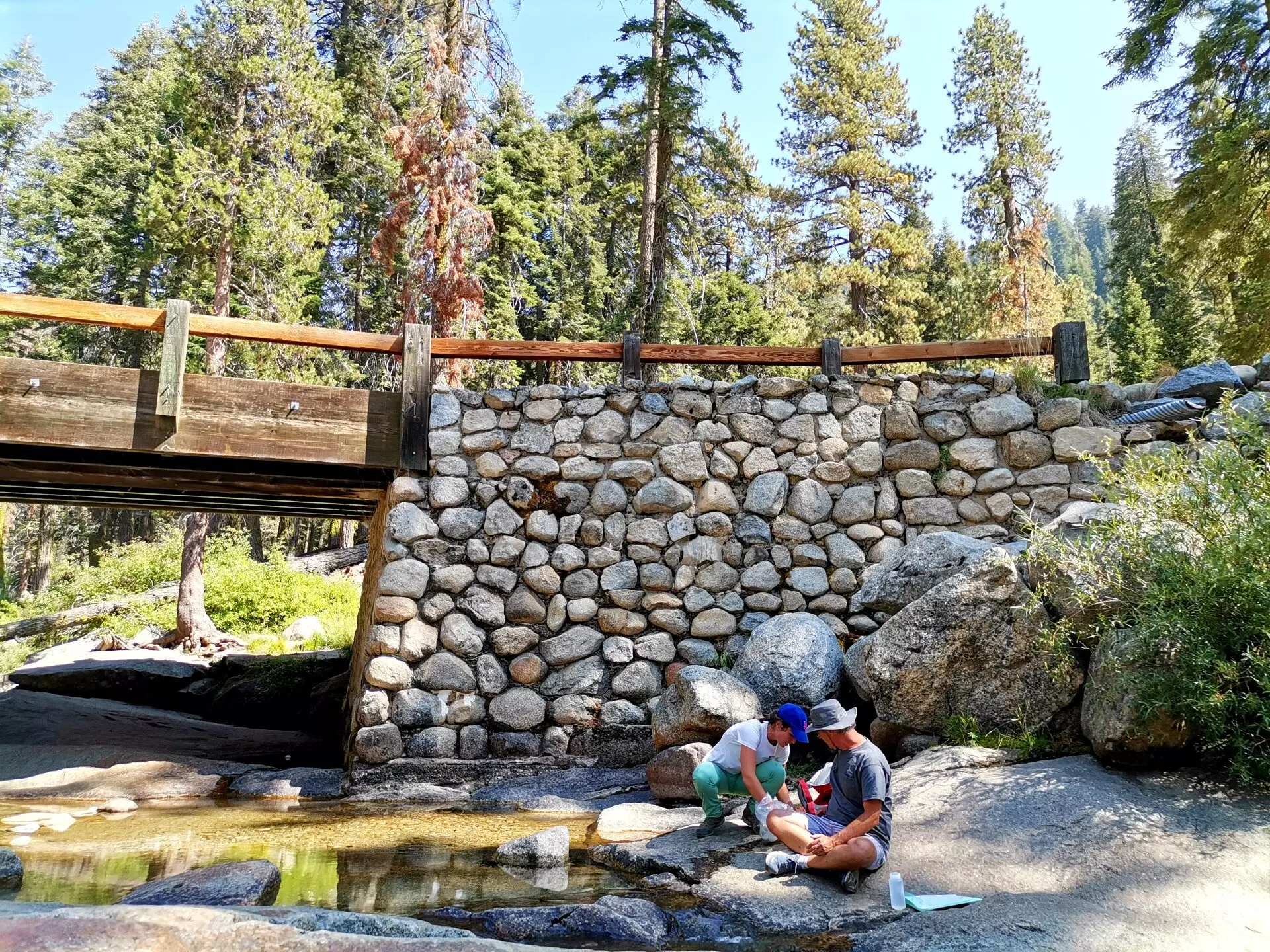California’s Central Valley, often dubbed “America’s breadbasket,” is not just a rich agricultural hub; it’s also a complex web of groundwater systems intricately connected to the Sierra Nevada mountains. Recent research has revealed that as much as 53% of the Central Valley’s groundwater originates from these majestic mountains, a discovery that reshapes our understanding of water management in the region. The implications of this finding are profound, especially given that many areas within the valley rely almost exclusively on groundwater for irrigation purposes.
While the Sierra Nevadas are visually impressive with their towering peaks, the true marvel lies beneath the surface in the form of aquifers—vast subterranean reservoirs of water and sediment. UC Riverside’s associate professor of groundwater hydrology, Hoori Ajami, aptly described these aquifers as “giant bathtubs” vital for sustaining the valley’s agricultural output. Unfortunately, the hidden nature of these water sources complicates our ability to effectively manage them.
Connecting the Dots: Groundwater and Surface Water Interaction
For many years, researchers recognized the significance of the Sierra Nevada mountains in contributing to the Central Valley’s aquifers, but the Quantifying study led by UC Riverside marks a crucial advancement. By employing a comprehensive methodology, the researchers analyzed water samples from various locations to establish concrete data on the groundwater’s origins. They uncovered a dynamic interplay of water sourcing—not merely from surface rain and snowmelt but through intricate aquifer discharge as well.
The analysis of chemical markers, including isotopes found in the water, allowed researchers to distinguish between older and younger water contributions. This study revealed a startling diversity in the ages of the groundwater entering the Central Valley, with some of it being as fresh as four years old while some samples dated back over 40,000 years. This extensive range points to a complex system that is not renewing itself at a pace suitable for the rates of extraction currently being practiced.
The Real Danger: Groundwater Depletion and Infrastructure Impact
Groundwater depletion has become an alarmingly pressing issue in California, exacerbated by the severe droughts of 2012-2016. In response to diminishing surface water supplies, farmers have increasingly turned to groundwater, prompting unsustainable extraction levels. The consequences are severe, with instances of land subsidence—where the ground sinks—leading to infrastructure issues that threaten vital systems like dams and canals.
California’s legislative approach has included the Sustainable Groundwater Management Act, a significant step towards responsible water usage designed to encourage sustainable groundwater management. However, Ajami and his colleagues argue that while initiatives are in place, they should be complemented by ongoing research and improved data collection on aquifer recharge rates.
This perspective is crucial: much like managing a financial portfolio, sustainable water extraction relies on accurate metrics of inflows and outflows. We need to grasp not only how much water the Central Valley receives from the Sierra Nevadas, but also how much groundwater we are drawing each year.
The Path Forward: Necessity for Enhanced Groundwater Management
The questions raised by this research highlight the urgent need for more transparent and detailed groundwater studies in California. Currently, many aquifers are being tapped without a clear understanding of their replenishment rates. Ajami’s cautionary perspective on groundwater sustainability serves as a wake-up call: without a concerted effort towards meticulous monitoring and responsible management, we risk exhausting an invaluable natural resource.
As the agricultural heartland of America, the Central Valley serves as a critical supplier of food that nourishes millions. Our collective future may hinge on balancing agricultural demands with sustainable water management practices. The research effort undertaken by UC Riverside provides a much needed foundation for advancing our understanding of these underground systems, helping pave the way for smarter, environmentally conscious policies aimed at preserving our groundwater resources for generations to come.
The responsibility lies with policymakers, researchers, and the agricultural community to recognize and address the interconnectedness of these water sources and to actively work towards long-term sustainability. This commitment to safeguarding California’s groundwater is not just a local concern; it represents a crucial step towards ensuring food security in an era marked by climate uncertainty and water scarcity.

